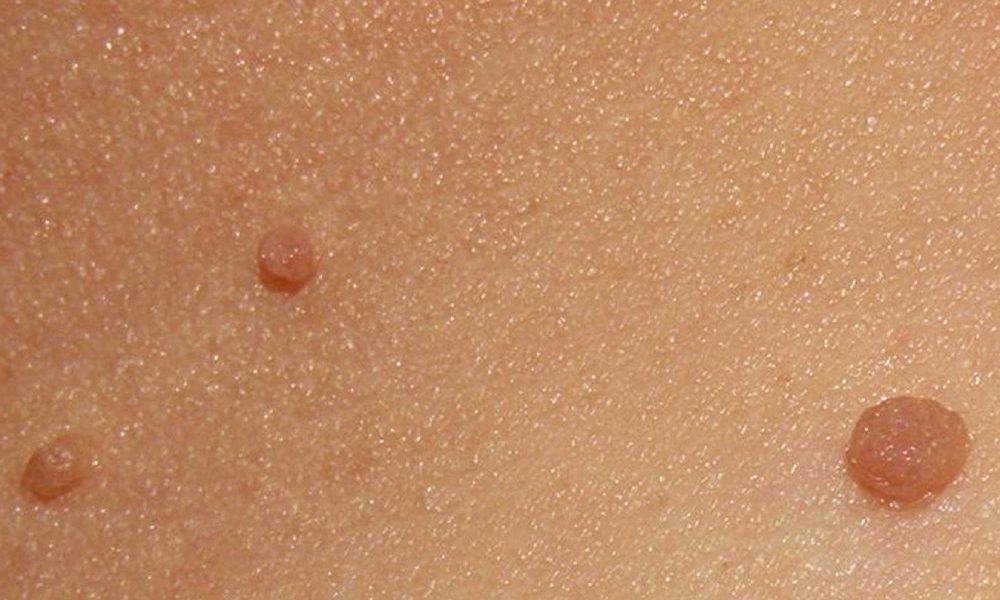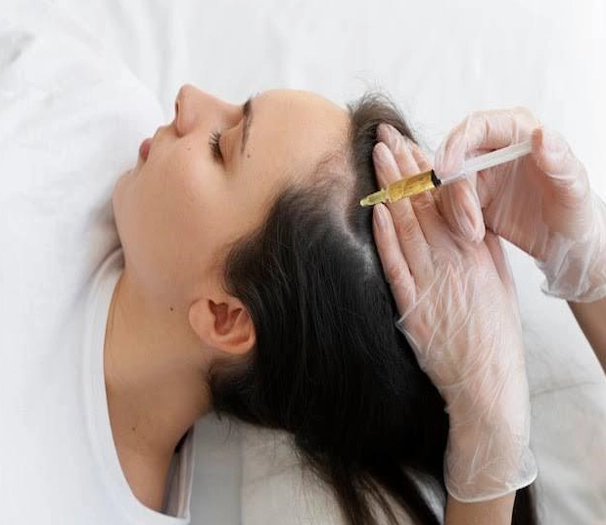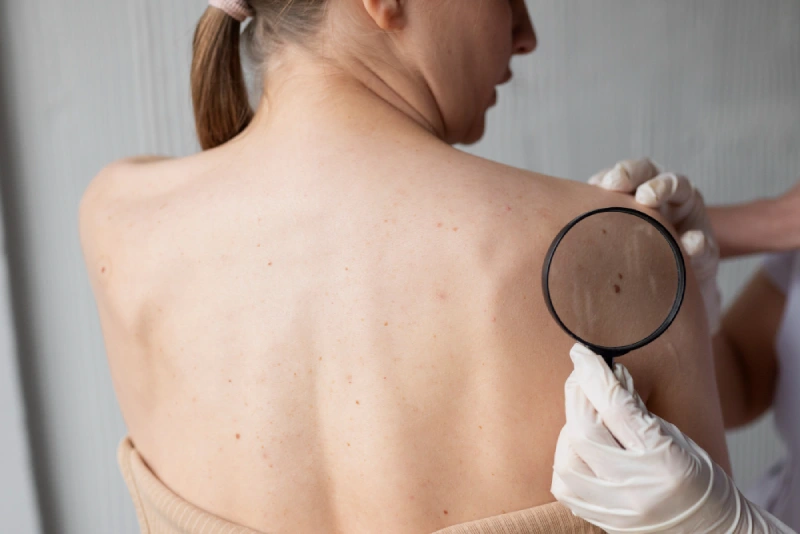Skin tags are small, benign growths on the skin that usually protrude. In most cases they are harmless but can be unsightly and can cause some irritation or discomfort.
1. What are skin tags?
Skin tags, medically known as acrochordons, are common, benign, fleshy outgrowths that occur on the skin. They are typically small, about the size of a pencil eraser, and may have a stalk. Skin tags are most commonly found on the neck, armpits, groin, and eyelids, but they can occur anywhere on the body.
2. What are the causes of skin tags?
There are a variety of causes for skin tags. Some of the most common causes are:
• Obesity – skin tags are often found in areas of the body where there is a lot of skinfold, such as the neck, underarms, and stomach.
• Pregnancy – skin tags are common during pregnancy, especially during the third trimester.
• Genetics – some people are simply more prone to skin tags than others due to their genetics.
• Diabetes – people with diabetes can be more prone to skin tags.
• Age – skin tags are more common in older adults.
• Certain types of cancer – skin tags can be a sign of some types of cancer, such as leukemia.
- What are the symptoms of skin tags?
Skin tags are small, soft, benign growths that hang from the skin by a thin stalk but can vary in size. Skin tags are not cancerous and are not dangerous. However, they can be unsightly and often cause embarrassment.
Skin tags have a number of common symptoms. They are:
-Soft
-Fleshy
-Hang from the skin by a thin stalk
-Can vary in size
-Are not cancerous
-Are not dangerous
If you are experiencing any of these symptoms, you may have skin tags and should consult a doctor.
4. What is the treatment for skin tags?
There are a few different methods that can be used to remove skin tags. Some people choose to just leave them alone. Other methods of removal include freezing them off with liquid nitrogen, cutting them off, or burning them off.
- What are the risks associated with skin tags?
There are few risks however they can become irritated and inflamed, they can bleed, and if they are bumped or scratched, they can become infected if not treated.
Some methods include using tag bands, using a thread to tie around the base of the tag, or cream or ointment to remove the tag. Please consult with a medical professional before trying any method of removal yourself as this could lead to unwanted results or infection.





